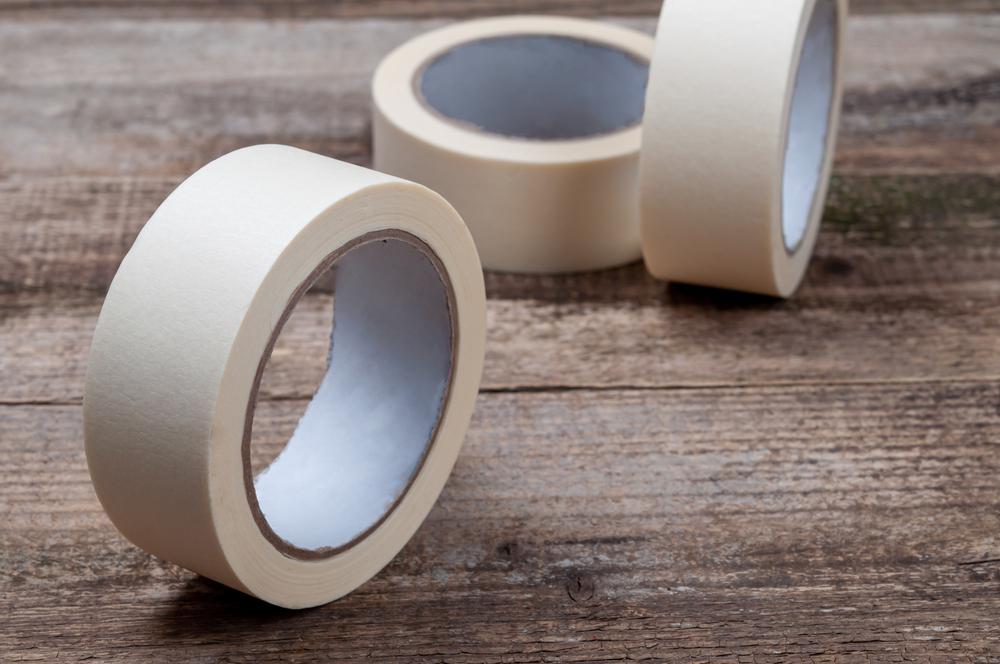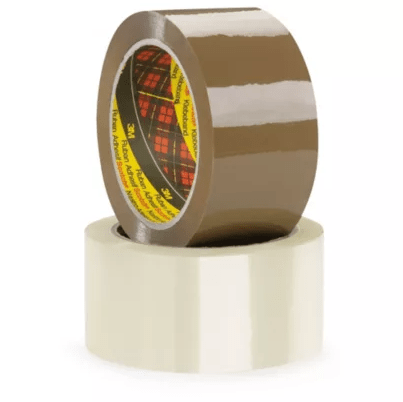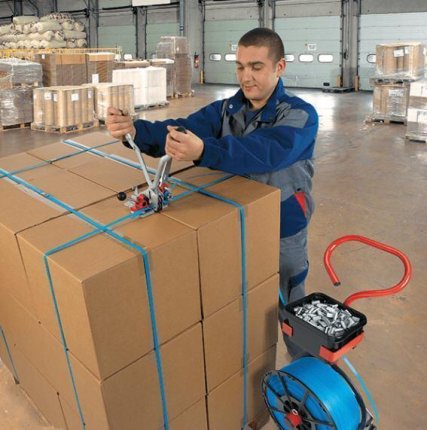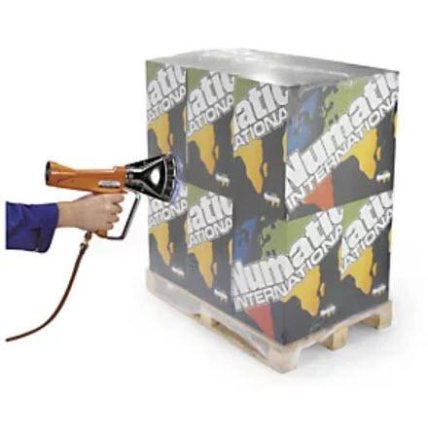Choosing which tape to use to package your products can be a daunting task. As we’ve covered before in our article on adhesive, there is a lot of depth in tape. That’s why we’re putting together another article to help you identify which tape you should use to seal your product!
Which tape is the right one for packaging?
Tape can be used for a number of things but a very common use is sealing a package to protect a product. As a packaging provider, our focus is on sealing cardboard boxes and other packages. Using the right packing tape ensures that the package is properly sealed and the products can be transported undamaged. Identifying what it is you’re trying to seal is a key step in making a decision of what to use.
- What is the surface of the material to be taped? What are you applying the tape to? Will it be sealed with the tape?
- What is the weight of the packaged goods? Load capacity for tape varies by material significantly.
- The type of transport and storage – What climatic conditions and environmental influences is the adhesive tape exposed to?
- How long does the adhesion need to be for?
- Does the unwinding behaviour and the unwinding noise play a role (there are indeed tapes that are easy to unwind and those that are difficult to unwind, or tapes that are loud or quiet)?
- Optics/safety/environment
Which tape types for which carton quality
Cardboard boxes come in many different types and sizes. Often the corrugated cardboard from which the boxes are made is made from recycled material. As it stands, paper fibres can be recycled up to seven times before the fibres become too short for use although there is research and effort being made to extend this to 25 times or beyond!
For boxes with recycled fibres we recommend PVC or paper tape with natural rubber as the adhesive. This is because it sticks better to the substrate.
There are also boxes that contain recycled fibres on the inside and “new” fibres on the outside. New fibres are then obtained from fresh pulp. This combination of different papers usually results in a slightly stronger carton. There are also cartons made entirely from new fibre. If the cartons have new fibres, almost any type of tape can be used, then the choice depends more on the size and weight of the contents.
To ensure that the tape used does not leave any unwanted residue, it is important to determine in advance what surface the tape will be stuck to. If, for example, a move is planned and wooden furniture or even glass is to be fixed with adhesive tape, then PVC adhesive tape or adhesive tape with natural rubber adhesive should be used. With other adhesives, such as acrylate or hotmelt, there is a high risk that the tape cannot be removed without leaving residues.
Common problems when packing with packing tape and how to fix them
The tape tears during processing
- The tape will usually only tear because there is damage to it that leads to a loss of structural integrity
- Never open the packaging of adhesive tapes with knives, the smallest damage to the tape can lead to tears during processing.
- If there are still issues, check your dispenser is aligned correctly.
The packing tape does not stay stuck to the box
- Check the dispenser for anything that could be getting stuck to the tape and interfering with the bond.
- Make sure the tape has been stored correctly as temperature and climate can affect the adhesion.
- Check if the tape fits to the surface of the carton (as mentioned above, some recycled boxes won’t always adhere correctly with some tapes)
The packing tape does not stick to the carton during transport.
- Check that the tape is properly sealing the box.
- Sometimes, temperature fluctuations can cause tapes to have problems with their adhesion – adhesive tapes with acrylate adhesive are very temperature-resistant and can remedy this.
The box opens again despite the packing tape
- Multi-wall cartons have a higher lid flap tension in addition to stronger walls, they may need a stronger packing tape such as a PVC tape or a thread-reinforced tape. A different sealing technique (e.g. the H-seal) can also help.
- You can also use thread-reinforced tape.
Using the right tape is a vital step in making sure your packaging reaches your customers in one piece. Make sure to check out our other articles on tape and to consult with our packaging specialists to make sure you get the right tape for you!



















